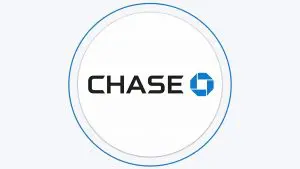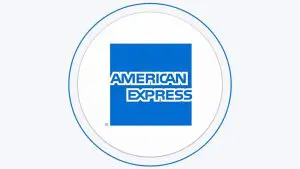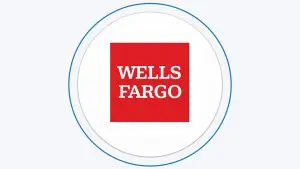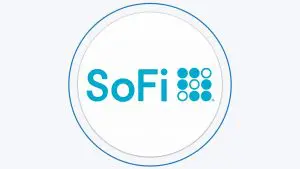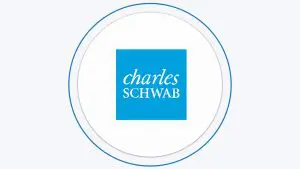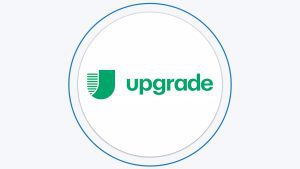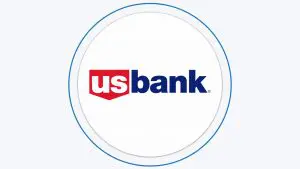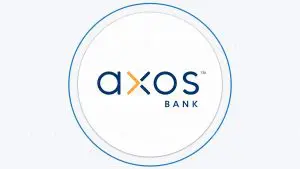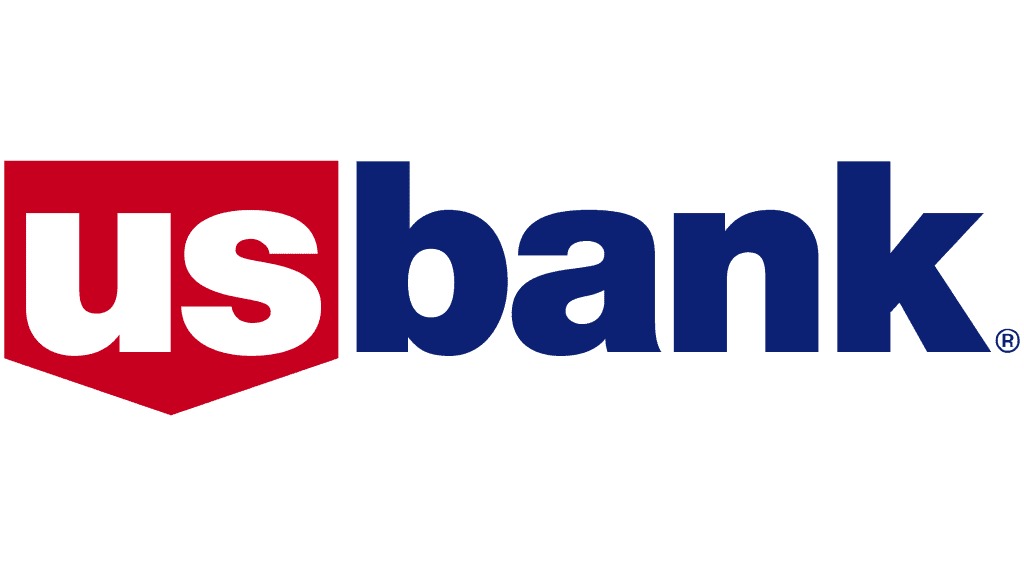Table Of Content
Key Takeaways
- The Certified check involves the account holder writing a check and the bank freezing the amount of the check after certifying it. This will ensure that the check will not bounce regardless of the time when it will be deposited.
- To get a certified check, you have to visit the branch and request the certified check, while making sure that you have sufficient funds available on the account to pay for it.
- Banks usually charge a fee for issuing certified checks, ranging from $5 to $25. When it comes to certified checks, credit unions generally charge lower fees than banks.
- A certified check does provide a considerable amount of protection against fraud. Therefore, the chance of some fraudster forging this type of check is not very high.
What Is a Certified Check?
A certified check is simply a check that an account holder writes, and the bank guarantees it. This means that the account holder writes a check as they usually would, but the bank freezes the amount of the check in their account after certifying it.
In this way, the check will not bounce whenever it is deposited. This is how a certified check usually works in the main US banks such as Citibank, Wells Fargo, Bank of America, and Chase Bank.
Certified checks are an alternative option for personal checks the bank does not guarantee. The primary benefit of certified checks is that these checks provide guaranteed funds. The financial institution or issuing bank certifies that the sender of the funds has sufficient cash in their bank account to complete the transaction.
The bank will also ensure that the check holds a genuine and legitimate signature. Fortunately, certified checks are generally readily available at any local bank.
How Long Does It Take for a Certified Check to Clear?
In most cases, it usually takes one to two business days (24 – 48 hours) for a certified check to clear after the check writer deposits it.
Typically, a certified check is considered “good funds” and is cleared faster than a personal check. It usually takes one to two business days for a certified check to clear. However, this time frame can vary depending on the bank's policy and the amount of the check.
It is important to note that even though a certified check is guaranteed by the bank, the funds may not be immediately available for withdrawal once the check is deposited. The bank may hold the funds for a certain period of time (usually a few days) to ensure that the check clears and the funds are available before releasing them to the account holder.
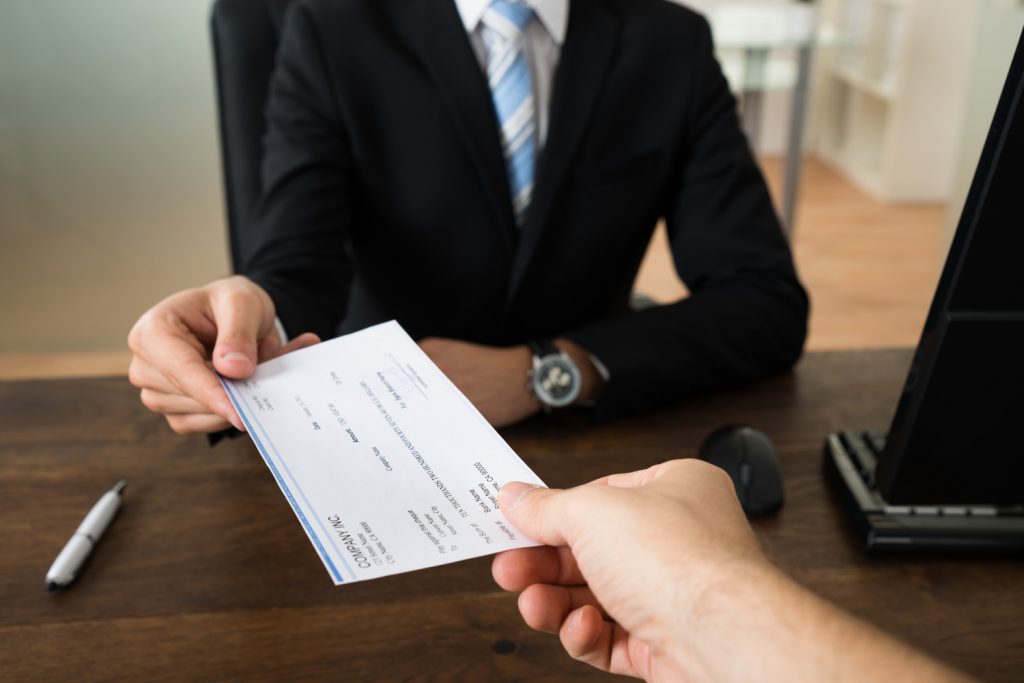
Why Use a Certified Check?
Individuals often use certified checks in significant transactions where the payee does not know the account holder or trust them.
In such situations, a personal check poses an element of risk where it is uncertain if the buyer can make the purchase. However, when using a certified check, both parties have peace of mind when they both want to ensure that the funds are secure and safe.
In other instances, people use certified checks instead of cash purchases. The checks are good to go once they are certified
A certified check is just as good as hard cash because it is guaranteed and verified. You should use a certified check because
- Avoid carrying a lot of cash around: Carrying one piece of paper is far more accessible and convenient than several bills! Moreover, it ensures you can complete the transaction much more smoothly, and a certified check also saves you from getting robbed!
- Ideal for big purchases: Certified checks are ideal for big purchases where you cannot use a credit card. For example, you will probably need the former while purchasing a car with cash or making a down payment on a property.
- Proof of purchase: A certified check also acts as proof of purchase. Unlike a quickly written personal check, a certified check gives you peace of mind.
Benefits And Drawbacks Using Certified Checks
Here are the main pros and cons when using certified checks:
Pros | Cons |
|---|---|
Bank Liability | Fees |
Fraud (Senders) | Fraud (Receivables) |
Can't Reverse
|
- Bank Liability
Most banks will promptly certify the checks for their account holders.
When doing so, the bank fully accepts an extra level of liability, promising to pay the check amount under any circumstances whatsoever unconditionally.
Therefore, there is no reason to worry, as the bank is legally responsible if the certified check is not paid (for any reason).
- Fraud Protection For Senders
Protection against fraud is an additional plus point of using a certified check.
Banks authenticate and validate the signatures present on a certified check. The bank creates the check, which is signed in a bank officer's presence after the account holder's identity verification is complete.
The possibility of an impostor stealing a person's check and forging the latter's signature is slim.
- Can't Reverse
A primary disadvantage of certified checks is that once you have handed over the check to the teller, you cannot stop the payment.
The bank freezes your funds and will release them to the individual you paid when they cash or deposit the check.
- Fees
A fee associated with certified checks is an additional drawback (although not as significant as the previous one).
However, this fee is minimal, and it's genuinely worth paying it to make the guaranteed and secure payment.
- Fraud (receivables)
Although you get the assurance of guaranteed and secure funds when using certified checks, it is not too difficult for fraudsters to copy certified checks.
Of course, there is nothing for you to worry about if you are the person who is sending the check. However, you may want to exercise caution if you have requested payment in the form of a certified check.
This is especially true if you do not trust or know the sender of the check.
How To Get A Certified Check?
If you would like to get a certified check, make sure to observe the following steps (it is a pretty straightforward process!):
- Get in touch with your credit union or bank and ensure that it provides certified checks.
- Ensure you have the funds required to cover a certified check in your account.
- Walk into a local bank branch and request a customer service staff who works at the bank to help you correctly fill out a certified check.
- Be ready to show your driver's license or personal ID as proof of your identity. Your financial institution/bank will need you to do so.
- Pay the required fee needed to issue a certified check. Depending on your bank, this amount is usually in the range of $5-$25. (When it comes to certified checks, credit unions offer the lowest fees).
- Be sure to hold on to the receipt until the check is cleared and the money changes hands officially. Usually, a certified check clears swiftly (usually one business day after the recipient deposits the check).
Suppose the certified check is valued at greater than $5,000. In that case, most banks in the United States of America require any certified check's first $5,000 must be available to the recipient the day after the individual has deposited the check.
In most cases, the remaining amount should clear within two business days.
How Much Does a Certified Check Cost?
Regardless of what work you have at your bank, there are always some fees associated (for example, high ATM fees or overdraft fees).
Getting a certified check is no exception, and most banks and other financial institutions charge you a small fee to procure the check.
You can expect to pay anywhere between $15-20. You might have the privilege of waiving this fee if you have a premium or specialized account with your bank.
There are also a few instances where the bank does not charge you for it or offer you a cashier's check (you do not have to pay for it).
To that end, check with your credit union or bank. The policies may vary based not only on the financial institution but also on your relationship with the said financial institution.
Is A Certified Check The Same As A Cashier's Check?
A cashier's check, on the other hand, is a check that is issued by a bank and guaranteed by the bank's own funds. The bank withdraws the funds from its own account to cover the check, and not the account holder's account.
Cashier's check is considered a more secure and reliable form of payment than a personal check because it is guaranteed by the bank's own funds.
In summary, a certified check is a personal check that is guaranteed by the account holder's bank, while a cashier's check is a check that is issued and guaranteed by the bank's own funds.
| Certified Check | Cashier Check |
|---|---|
The bank account holder writes a check, and the bank certifies it. The cash comes from your bank account when the recipient cashes the check or eventually deposits it. | With a cashier's check, you pay the bank (by providing cash or transferring the funds out of your account), and the bank will create a check written out to your recipient. The money comes from the bank's account (not yours) when the check gets paid out. |
The differences between a certified check and a cashier's check are not too significant for anyone receiving payment. Both of them are forms of guaranteed and verified funds.
How to Protect Against Possible Fraud?
The recipient can take several steps (detailed below) to reduce the risk of falling victim to a fraudulent certified check:
- Place a call to the bank – A payee of a certified check may call the bank to verify the check-in question. Although not all banks verify a check over the phone for security reasons, it is still worth a try!
- Immediately cash the check – The recipient can take a certified check to the sender's bank on the same day they receive it and try to cash it. The check recipient and the bank will know there is a problem if the money is insufficient to cover the check amount.
- Stay watchful – See if you can spot any red flags, and if you have any doubt or suspicion whatsoever, be sure to contact the sender's bank and inform them that you suspect a problem.
Even though certified checks are not foolproof, they assure that the check payments are legitimate and that both parties (payer and payee) need not concern themselves.
Alternatives to Certified Checks
Here are the top alternatives to certified checks:
-
Money Orders
Money orders are a popular alternative to certified checks, which most people use. These are widely available as you can quickly get them at retail stores, post offices, financial institutions, and money transfer organizations.
You can obtain money orders by paying the vendor cash upfront. The vendor then generates a money order.
This document promises that the funds will be available to the redeemer whenever he/she chooses to redeem the said funds. Rather than checks, money orders act more in the capacity of cash vouchers.
-
Cashier’s Check
As mentioned above, both these checks guarantee payments are quite similar. However, the discrepancy lies in the bank’s back-end structure.
When you use a cashier’s check, you make a payment to the bank in the check’s amount. When the person deposits the cashier’s check, the bank then draws the funds from its own account.
On the other hand, with certified checks, the bank ensures that your account has an adequate amount of funds to cover the check. The back then freezes that specific amount for the check payment.
-
Personal Check
A personal check is a check written by an individual and backed by the individual's personal account.
Personal checks are accepted at most places that accept certified checks, but there is a risk of the check bouncing if the individual does not have enough funds in their account.
-
Electronic Funds Transfer (EFT)
EFT is an electronic transfer of funds from one account to another. It can be done online or through a mobile app and is an easy and fast way to transfer money.
Conclusion
To summarize, certified checks can keep the receiver and the issuer safe from fraudulent activity and other mistakes. It is a very convenient means of paying for large articles such as boats and cars, and you can even securely make a down payment on an estate property
Certified checks provide a very simple process and altogether are a better and safer option than carrying around tangible cash bills.
Ensure that you do not lose the certified check if you are drawing from your account. These checks happen to come in handy in particular situations. However, like with any other financial matter, you need to be strategic and move forward with caution.

